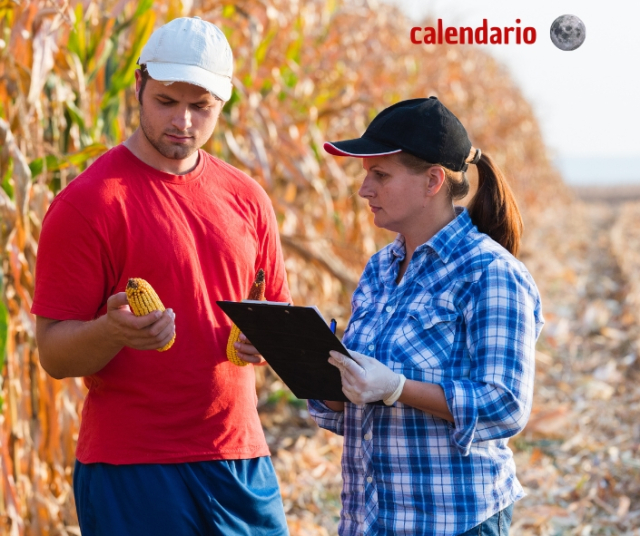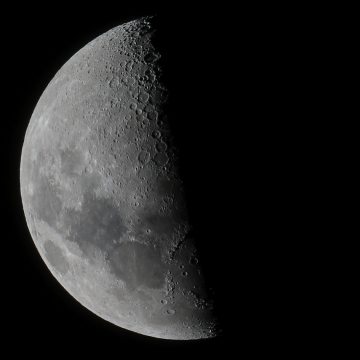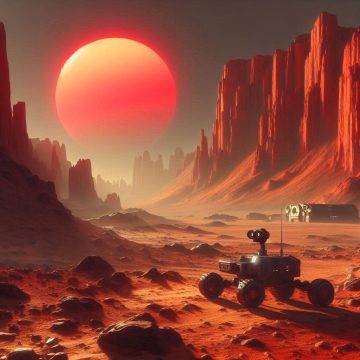The connection between the Moon and agriculture has been an integral part of agricultural practice for centuries. From ancient civilizations to modern farmers, the Moon's influence on plant growth has been the subject of study and contemplation. In this article, we will explore the best days in June 2024 to plant according to the Moon, taking advantage of the different lunar phases to optimize the performance of our crops and delving into the science and tradition behind this practice.
The influence of the Moon on agriculture: Myths and realities.
The belief in the lunar influence on agriculture has been transmitted through generations in various cultures. Although modern science has failed to provide conclusive evidence for this relationship, many farmers continue to follow the principles of the lunar calendar in their agricultural practices. The theory behind this belief suggests that different lunar phases affect the growth activity of plants due to the gravitational and light influence of the Moon.
New Moon: During this phase, the Moon is aligned between the Earth and the Sun, resulting in less lunar light visible from Earth. According to popular belief, this is an ideal time to plant root crops, as lunar energy is believed to promote root development.
First quarter: During this phase, the amount of visible lunar light gradually increases. It is considered an auspicious time to plant crops that produce fruits and seeds, as it is believed that lunar energy stimulates the growth of the aerial part of plants.
Full Moon: During the full Moon, the Moon is completely illuminated by the Sun. Although there are divided opinions, some believe that this lunar phase favors the germination of seeds due to greater humidity in the soil and plants.
Last Quarter: During this phase, the amount of visible lunar light gradually decreases. It is believed that it is an auspicious time to sow root crops, as it is associated with greater underground development and less activity in the aerial part of the plants.
The best days in June 2024 to sow according to the moon.
Sunday, June 2: Waxing quarter.
The first day of June marks the beginning of the first quarter, a lunar phase that favors the growth of the aerial parts of plants. It is an optimal time to plant crops that produce fruits and seeds, such as tomatoes, squash, peppers and corn. Take advantage of this lunar energy to establish your crops and encourage vigorous growth.
Monday, June 10: Full moon.
June 10 coincides with the full moon phase, which marks the maximum point of lunar illumination in the lunar cycle. Although the exact influence of the full moon on agriculture remains a matter of debate, some farmers consider it a favorable time to plant certain crops due to greater moisture in the soil and plants. On this day, consider planting leafy green crops such as lettuce, spinach, and chard.
Monday, June 17: Last quarter.
In mid-June, the last quarter begins on the 17th. During this lunar phase, lunar energy is believed to promote the growth of plant roots. It is an ideal time to plant root crops such as carrots, radishes, beets and potatoes. Harness this lunar energy to establish your root crops and promote healthy development underground.
Tuesday, June 25: New Moon.
The last day of June marks the beginning of a new lunar phase with the new Moon. During this phase, the lunar energy is at its lowest, which is considered an auspicious time for planting root crops. Sow your onions, garlic, turnips and other root plants during this lunar phase to encourage strong underground development.
The relevance of following the lunar calendar in agriculture.
Although the Moon's exact influence on agriculture can be difficult to measure, many farmers find value in following the lunar calendar as a guide to their agricultural practices. By planting in harmony with the lunar phases, farmers can make the most of natural cycles and promote
Planting in harmony with the lunar phases can be a beneficial practice for farmers and gardeners. Throughout June 2024, we have identified the best days according to the lunar calendar to plant different types of crops. From the first quarter to the new Moon, each lunar phase offers unique opportunities to optimize the growth and productivity of our plants.
By following the lunar calendar, farmers can harness lunar energy to improve the quality of their crops and promote soil health. Additionally, farming in harmony with natural cycles can foster a greater connection to the land and a deeper appreciation of the natural processes that support life on our planet.
Ultimately, planting according to the Moon in June 2024 is more than an agricultural practice: it is a way to honor and respect the natural rhythms of the world around us. By adopting this perspective, we can farm more consciously and sustainably, thereby contributing to a healthier and more prosperous future for all.






